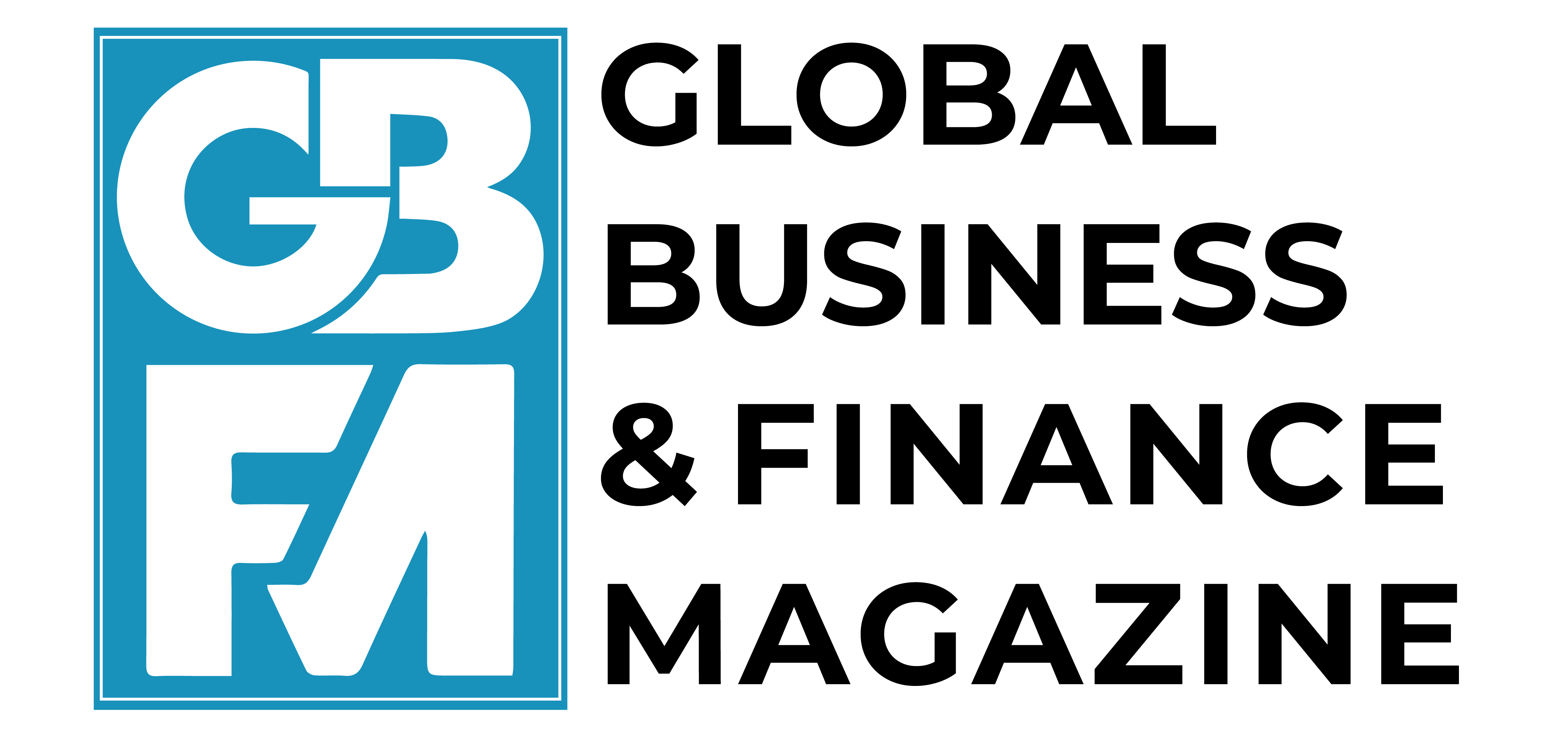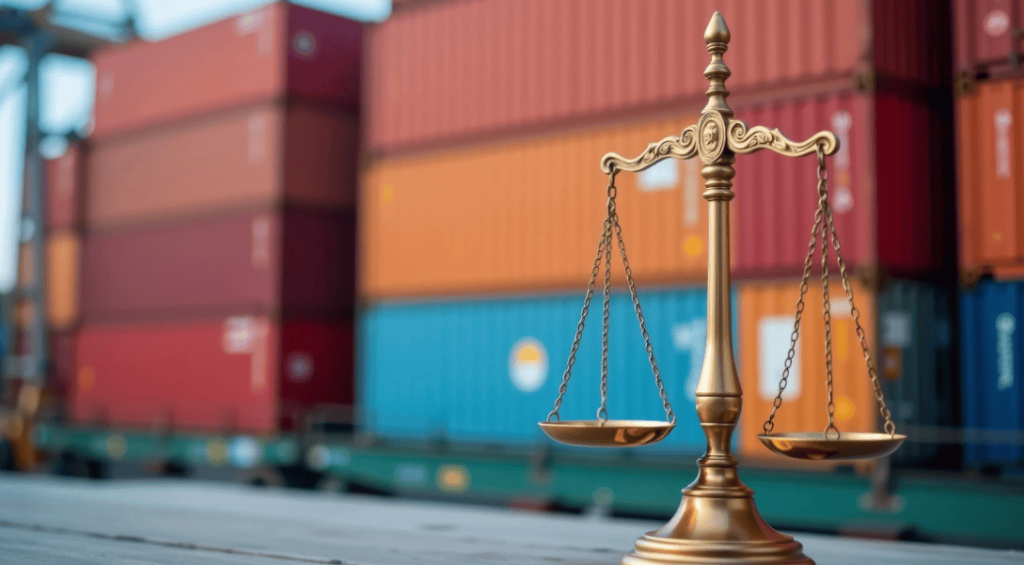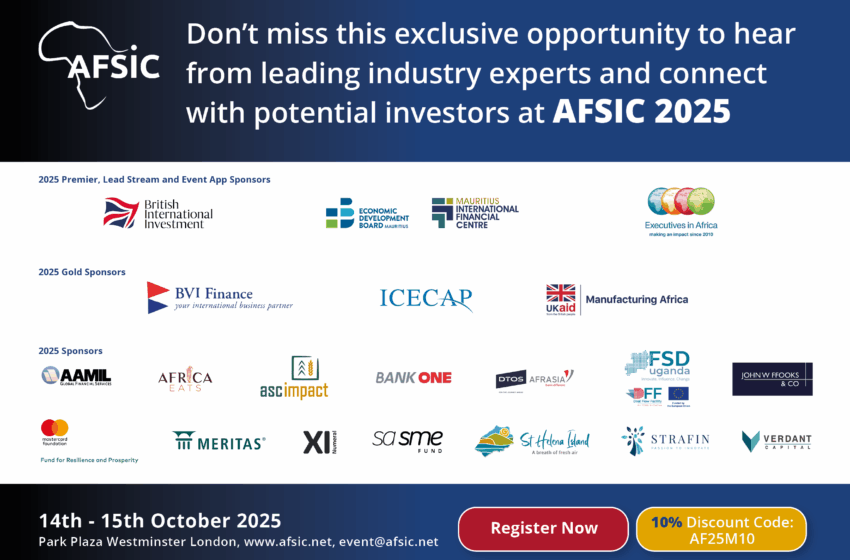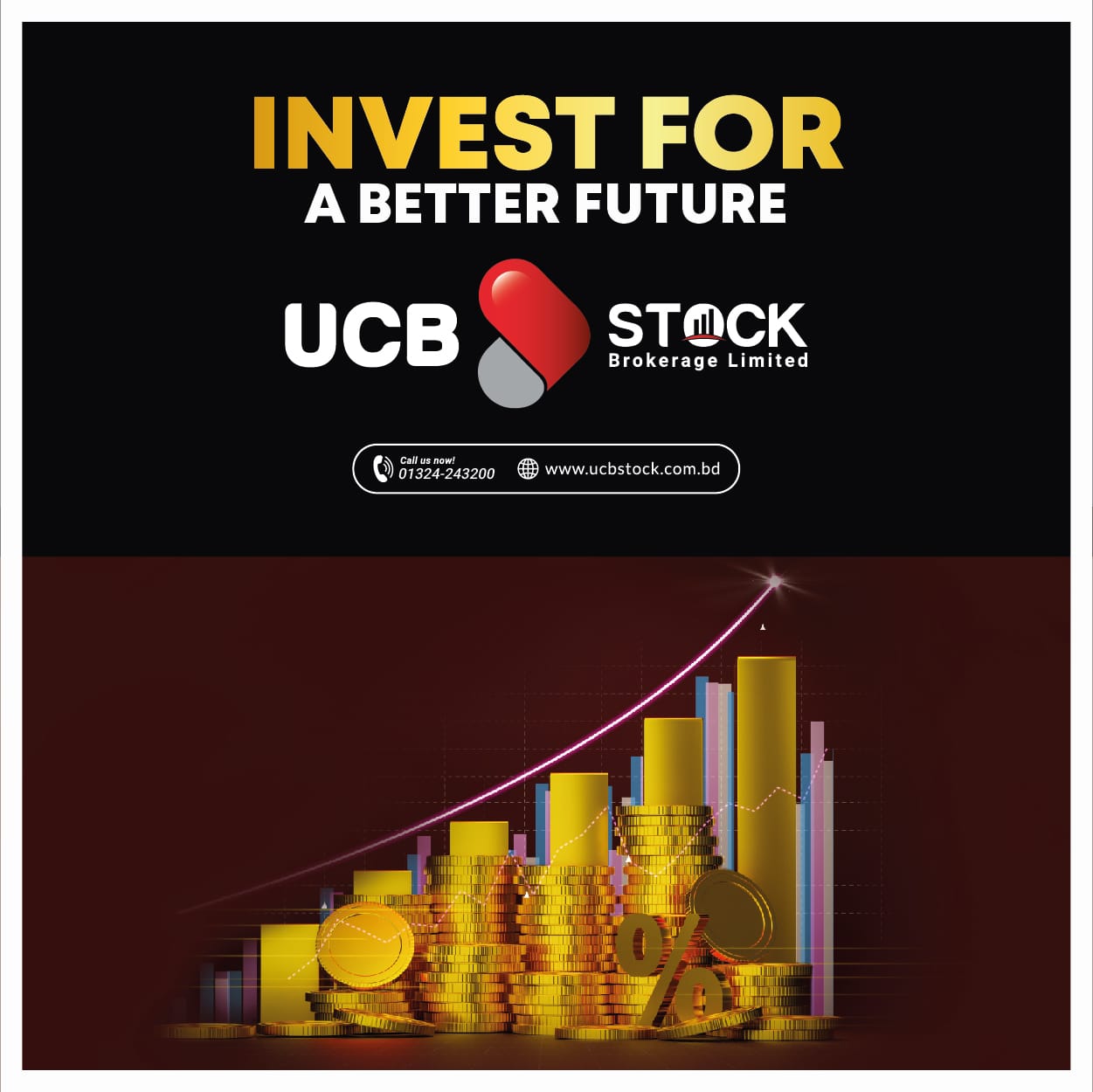There is currently much discussion about President Trump’s tariffs, the US trade deficit, and its causes and impacts, but little in the way of economic modelling to inform the discussion. This column uses a theoretical model of international trade to demonstrate that the US trade deficit might be regarded as the consequence of rational market forces diverting capital to where investment returns are highest, as opposed to being the result of unfair trading practices. While the trade deficit damages the US manufacturing sector, it probably does not damage the US economy as a whole and may well be beneficial to it.
There is currently much discussion about President Trump’s tariffs, the US trade deficit, and its causes and impacts. The administration, with some academic support (e.g. Miran 2024, Pettis and Hogan 2024), argues that the US trade deficit is the result of unfair practices by the US’s trading partners and that trade deficits are against US interests. By contrast, economists such as Maurice Obstfeld and Joseph Stiglitz are on record as saying the US trade deficit stems from the low level of US saving (Obstfeld 2025, Stiglitz 2006), while Paul Krugman argues that the trade deficit is the result of the US having more attractive investment opportunities than its trading partners (Krugman 2024). However, there is little in the way of economic modelling to inform the discussion, regarding either the cause of the trade deficit or its impacts. In a recent paper (Horioka et al. 2025), we attempt to fill this lacuna by introducing a theoretical model of international trade that elucidates both the causes and consequences of trade deficits.
Ford and Horioka (2017) and Horioka (2024) explain the solution to the Feldstein-Horioka Puzzle (that domestic saving and domestic investment are correlated across countries despite the recent globalisation of financial markets) and, more importantly, its corollaries by showing that financial markets cannot by themselves make net transfers of capital between countries; goods markets are also needed, and consequently frictions in goods markets such as tariffs impede the net transfer of capital between countries. Further, this implies that financial markets cannot by themselves equalise returns on capital across countries and that, consequently, there is no world interest rate r* at which all countries could theoretically lend or borrow. We believe that this insight allows us to model long-run rates of return on capital in any country as depending on the local marginal productivity of capital (MPK) and hence upon the capital stock in that country, as closed economy macroeconomists routinely do.
In such a modelling framework, if the assets of country A are more attractive than those in the rest of the world (either because they offer higher returns or offer safe haven status), the rest of the world will attempt to transfer some of its wealth to country A (i.e. attempt to acquire ownership of country A’s assets, in exchange for their own domestic assets), which will cause country A’s currency to appreciate. This in turn will cause country A to record a trade deficit because it will cause country A’s goods to become more expensive abroad and foreign goods to become cheaper in country A. This trade deficit will cause country A’s capital stock to grow more rapidly, which will cause its MPK to decline (i.e. cause country A’s assets to become less attractive). It will also result in foreigners accumulating the ownership of assets in country A. Eventually, both of these effects will cause country A’s currency to depreciate, which in turn will cause its trade deficit to reverse itself. However, our model predicts that this process will take place over a number of decades, since trade imbalances are small relative to capital stocks.
We now present the simplest possible model that makes use of this MPK/capital stock approach and show that even such a simple model can provide insights regarding some of the issues raised by the Trump tariff debate.
Consider a super-simplified model comprising two countries – country A, approximating the US; and country B, approximating a composite rest of the world. Assume that both economies are at full employment at all times.
Assume that country A has a capital stock that is three times its output Y, whereas country B has a capital stock that is five times the same output Y. As a consequence, the rate of return on capital (MPK) in country A will be significantly higher than it is in country B. It follows that there would be an aggregate economic advantage to transferring some of the capital stock of country B to country A, where the MPK is higher.
In reality, the net transfer of real (or physical) capital (e.g. plants, equipment, housing) between countries is a complex process that requires considerable time and cost. For example, real capital can be transferred from Japan to the US by means of the export of autos from Japan to the US. As a result of auto imports coming in from Japan, US auto workers will lose their jobs. However, the displacement of US auto workers will allow, say, construction companies to hire more workers and build more factories and housing, adding to the US capital stock. This process will require considerable time and cost, but for illustrative purposes, consider a hypothetical scenario in which real capital (e.g. plants, equipment, housing) can be transported between countries and recommissioned immediately, without cost, and at an unlimited rate.
Suppose that, in this hypothetical scenario, agents in country B choose to transfer real capital corresponding to one year’s worth of GDP from country B to country A because returns on capital are higher in country A. After the transfer takes place, residents of country B will receive a return on the real capital that they own in country A, and they will spend this income on goods produced in country A, which are transported back to country B at no cost. Thus, in the first period, country A will have a huge trade deficit of 100% of GDP, whereas in subsequent periods it will have a modest trade surplus. Who will benefit from these transfers, and who will lose?
The output of each country can be modelled as being given by standard Cobb-Douglas production functions. The increase in the physical capital stock of country A causes its output to increase, and conversely, the output of country B decreases. Overall, there will be an increase in output, as might be expected from moving real capital to where it is more productive.
Proponents of tariffs in the US argue that the accumulation of foreign capital in the US impoverishes its citizens, but our very simple model suggests otherwise. It is true that, after the capital transfer, a fraction of country A’s output belongs to agents in country B and that it is transferred back to country B as a stream of goods. However, the output of country A is increased by slightly more than this amount, so the residents of country A are slightly better off than before rather than being impoverished. Furthermore, in reality, foreigners’ return on capital will be much smaller if, instead of holding only assets with high returns (e.g., equities and property), they hold lower yielding government bonds and bank deposits. Given that foreigners do hold a significant quantity of US government debt, this implies that the US benefits more from the additional capital stock its trade deficits have facilitated than it loses in income transferred to foreigners.
Returning to a more realistic world in which the transfer of capital is gradual and involves manufactured goods, the Trump administration will be particularly concerned that the workers in manufacturing who are displaced by import penetration will be disadvantaged. This is undeniably true. However, this very simple model predicts that, in country A, the additional capital will drive up the marginal productivity of labour but will reduce the marginal productivity of capital. Although some workers in manufacturing will be disadvantaged, wage earners as a whole will gain, while the owners of capital will lose.
By contrast, in country B, wages will fall and the returns on capital will increase. The winners in this hypothetical model are the owners of capital in country B. The capital they send to country A will earn considerably more than it did in country B, and the reduction in capital in country B will also drive up the interest rate there. Back in a more realistic world, and with regard to the US, this result depends on the assumption that foreigners hold high-yielding assets. To the extent that foreigners hold assets with low and sometimes negative real returns, such as US government securities, foreign asset owners will gain less and the US as a whole will gain more inasmuch as interest earned by foreigners is then less than the additional US output.
What, then, of tariffs? In this very simplified model, there would theoretically be some benefit to country A of imposing a tariff on imports from country B, which will in turn reduce imports from country A and therefore the initial transfer of capital from country B to country A. Theoretically, this could allow country A to capture some of the benefits of transferring capital that accrue to the owners of capital in country B. However, if the tariff were set above a certain level, no initial transfer of capital would occur in the first place.
In a more realistic world in which the transfer of capital is gradual and occurs as the result of the displacement of workers from producing general manufactured goods to producing capital equipment and structures, the winners and losers from the process are slightly different (Horioka and Ford 2025). First, the overall gains to the world as a whole from the transfer of capital will be less because the transfer of capital between countries and the reallocation of workers between industries involves real costs; these have to be subtracted from the benefits of moving capital to where it is more productive. Second, if markets are competitive, the transfer of capital would enable consumers in country A to appropriate some of the benefits thereof as a result of being supplied with goods from country B at below the cost at which they could be produced in country A.
Thus, in reality, we might expect more of the gains from the transfer of capital to accrue to country A, the US proxy, than to country B. The potential gains to country A from imposing tariffs are consequently smaller and harder to actually realise.
In terms of the underlying cause of the US trade deficit, an MPK modelling approach supports both the idea that the cause is the relatively low level of US saving and the idea that it is the result of there being good investment opportunities in the US. In the context of MPK, the relatively low level of saving in the US keeps its MPK high. To put it another way, the low level of US saving means that good investment opportunities are not used up so quickly, as a result of which investment returns remain high. The high investment returns result in a strong US dollar, and hence a US trade deficit. Indeed, probably because of the large federal government deficits, US saving is so low that the additional capital inflow from the rest of the world is only maintaining the US capital stock/GDP ratio at its current level rather than causing it to increase. However, this does not negate the argument we are making regarding the impact of the trade deficit on the US capital stock – the trade deficit causes the capital stock to be higher than it otherwise would be. It is true, as some argue, that the US would be wealthier in the future if it had a higher level of saving and did not rely on foreign capital to partly finance its investment. However, if the root cause of the low level of US saving is the large federal government deficits, then these federal government deficits should be regarded as the root cause of why the US will not be as wealthy in the future as it might otherwise be; the trade deficit is just a consequence.
Summary
Our main point is that the existing models and descriptions of the transfer of capital between countries that are provided in international economics are inadequate. Commonly used models such as those of Mundell and Fleming (Mundell 1963, Fleming, 1962) and Dornbusch (Dornbusch 1976) fail to explain the causes, or the consequences, of persistent trade imbalances, and the common assumption that there is a world interest rate, r*, at which all countries can theoretically lend or borrow is extremely misleading. Instead, we argue that the world should be seen as consisting of a number of regions, each of which has a particular rate of return on capital, which is a function of the local MPK.
We believe that such a modelling approach would take much of the heat out of the tariff debate and provide some light. First, it demonstrates that the US trade deficit might be regarded as the consequence of rational market forces diverting capital to where investment returns are highest, as opposed to being the result of the unfair trading practices of the US’s trading partners. Second, it also demonstrates that while the US trade deficit damages the US manufacturing sector, it probably does not damage the US economy as a whole and may well be beneficial to it. Thus, it provides a starting point for evaluating the likely impact of tariffs on the US’s trade deficit and on the revenue that might be raised and for evaluating whether the benefits of tariffs are significant compared with the costs of tariffs (viz., the potential disruption of trade, the loss of the benefits of specialisation and comparative advantage, and the hindrance of the efficient allocation of capital).
Source : VOXeu



































































